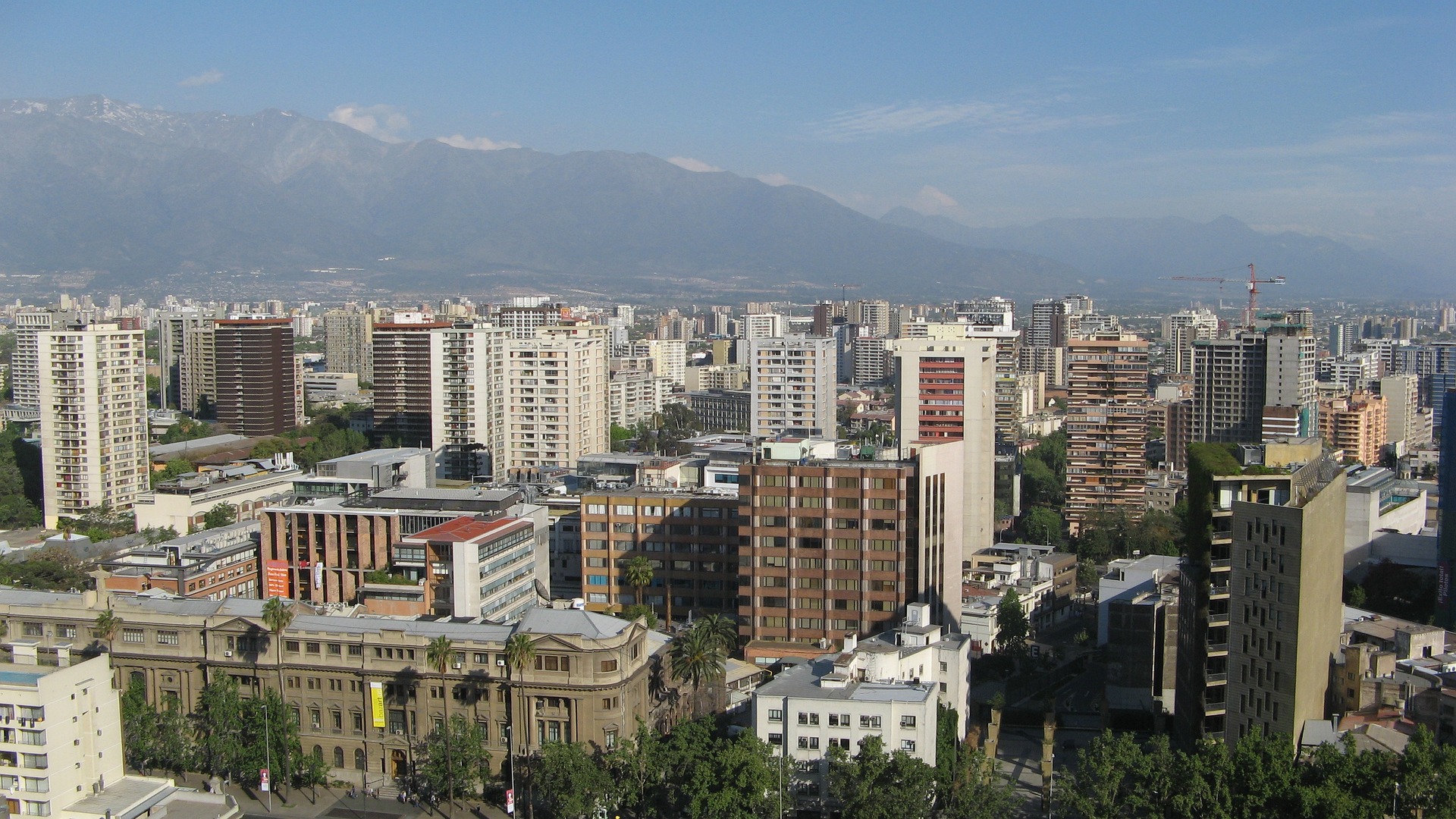
Santiago – Chile has set an ambitious goal of converting 70 percent of its total energy consumption to renewables by 2030 and has pledged to become carbon neutral by 2050.
The country’s energy transition strategy has evolved in recent years due to a combination of broad-based political support and innovative green technologies.
It is interesting for New Zealand but where is Chile on its agricultural emissions? Chile has close ties to New Zealand as they are the closest countries, to the east of Aotearoa and the west of Chile.
New Zealand currently generates 40 percent of its energy from renewables. The Climate Change Commission, chaired by Dr Rod Carr, has recommended a target of 60 percent by 2035.
The constraint is not generating additional electricity from wind and solar but getting uptake from residential users with heat pumps and EVs and businesses through 1200 coal and fossil gas boilers decommissioned.
Net zero CO2 emissions is within grasp for NZ by the early 2040s, as it may well be for Chile which shares common wind and solar opportunities. That just leaves net zero all greenhouse gas emissions and that’s the agricultural debate.
Do we accept net zero additional warming, that is lay claim to Aotearoa’s methane cloud as an entitlement to maintain a world warmer or does New Zealand accept responsibility to reduce emissions from all sources, as much as possible, as soon as possible?
Low emissions protein production is coming fast and soon. Kiwis should move from trying to justify emissions to reducing them.
For Chile, it is a high-income industrialised economy with 19.6 million people. Green hydrogen, a clean energy source that splits water into hydrogen and oxygen using renewable electricity, sits at the heart of Chile’s energy transition.
Its government has pledged $50 million in funding six projects aimed at advancing the national green hydrogen industry.

